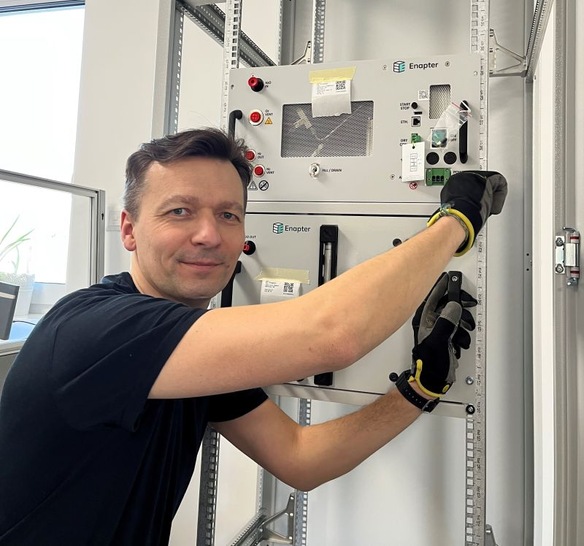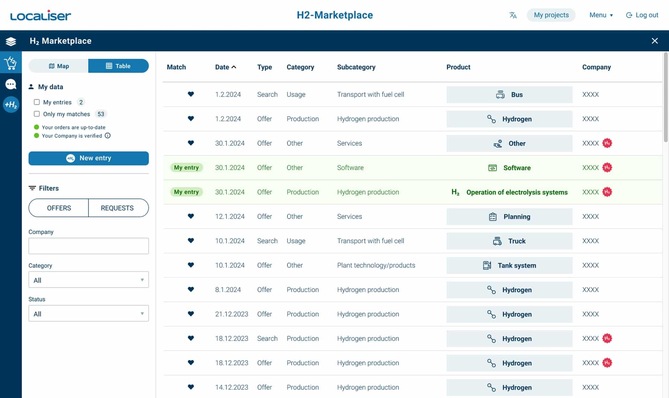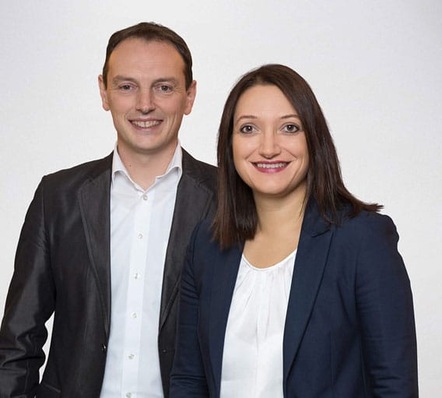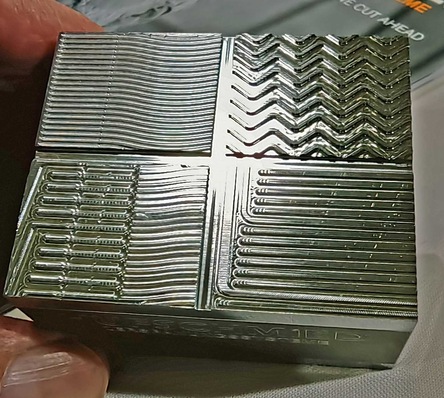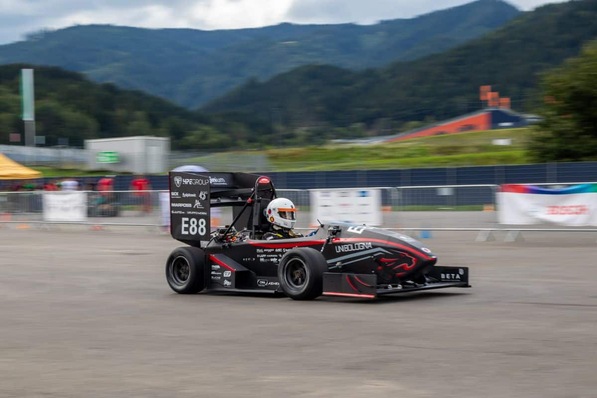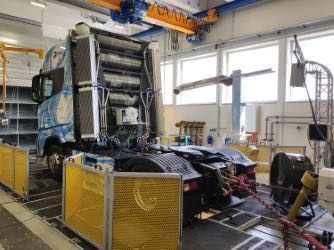Virtud owners Dorota and Piotr Napierała have a clear goal: The annual energy costs of the Virtud hydrogen house should not exceed PLN 500, which is roughly equivalent to EUR 123. Piotr doesn’t set much store by grandiose projects and is also not convinced by the pumped-up hydrogen plans put forward by many well-known corporations. He believes that a lot can be achieved, especially when it comes to hydrogen, by taking multiple small, precisely tailored actions at a local level.
Huge potential in Polish PV sector
The Napierałas welcome their visiting business partners and prospective clients to a smart, white new build constructed on the Virtud premises in a suburb of Poznań. Now proprietors of a photovoltaic installation business, the husband and wife team have previously owned several companies within the renewables sector. Their specialization in PV technology began in 2015. The pair see the development of the Virtud hydrogen system as a logical continuation that will help spread renewable energy across world – and especially in Poland where the PV industry is currently booming.
At the end of January this year, the total installed capacity for PV plants in Germany’s eastern neighbor was over 12.5 gigawatts. In the previous year the figure was just 7.6 gigawatts. In other words, the photovoltaic capacity in Poland has almost doubled within 12 months. Consequently, solar power accounts for a good 54 percent of overall renewable energy capacity in Poland.
Car batteries store solar power
However, the massive increase in electricity generation from photovoltaics also brings enormous challenges for the industry. The main hurdle is how to store energy overnight and during the less sunny seasons of fall and winter.
Virtud has managed to solve these problems by taking an unusual approach. Instead of spending exorbitant sums on energy storage, for a relatively small outlay at auction the company bought large numbers of secondhand batteries that were previously used in Nissan Leaf cars, a popular model in Poland. The batteries are combined into packs that store solar power produced during the day, allowing it to be released again at nighttime. Piotr Napierała reckons that the solution including the electric car batteries costs only a twelfth of the price of a new energy storage solution.
For those wanting to bridge the fluctuations between the summer and winter months, batteries alone will not suffice. This is where hydrogen comes in. “We use the sun and wind to produce green hydrogen which acts as the energy carrier at those times of year when demand is highest,” the entrepreneur says.
Evolution of the energy sector
The Napierałas are certain that the renewables sector will continue to evolve and that hydrogen is merely a logical step. As businesspeople, they have been involved in many stages of the renewable energy trend and have repeatedly noticed how dynamic the process is. This also applies to the bureaucratic and legal sides, as Dorota Napierała remarks. She is responsible for all approvals and application requests in the company. “We have a long learning journey ahead of us with regard to hydrogen,” she says.
Recent decades have seen the introduction of many highly complex renewables laws in Poland. Electricity feed-in to the grid was made possible in 2014. This was a completely new world in terms of accounting and administration. Dorota Napierała spent a great deal of time in meetings and on the phone to the relevant authorities until both sides fully took the new legislation on board. “It’s always a learning process. We learn from each other. It will be similar with hydrogen. The authorities have become much more open now. If there are any queries or uncertainty, they actually phone up and you go through the forms again. For years we’ve been part of a two-sided education and communication process. That makes everything easier,” Dorota Napierała explains.
A model for the future
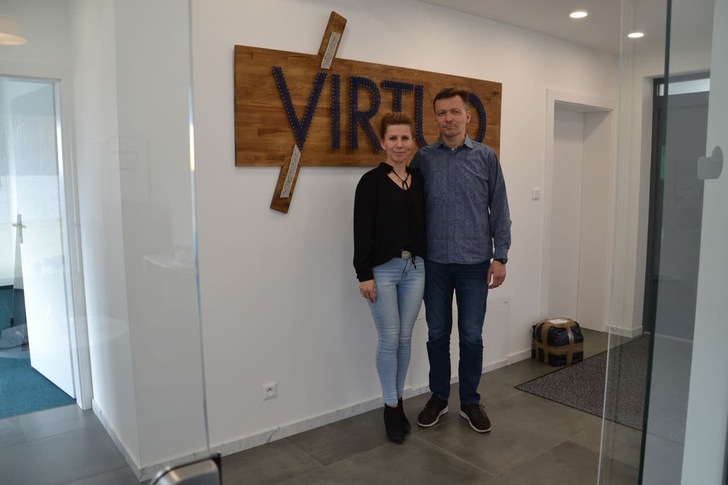
Looking around the show house, an energy-efficient 200-square-meter (2,150-square-feet) building, it’s not just the use of solar power and a heat pump that is noticeable. The large area to the right of the entrance also catches the eye. This is where the 2.4-kilowatt electrolyzer is located. Supplied by German manufacturer Enapter, it’s the first electrolyzer installed by Piotr Napierała. “Many, many more are due to follow,” says the co-proprietor. Other technical kit is also housed in the modular cabinet, including water purification equipment. But there is still enough room for additional electrolyzers.
Access is currently being created from the demonstration area to the hydrogen tank, which is already on order. This will make it possible to refuel vehicles with hydrogen. That’s the next job on Piotr Napierała’s list.
Author: Aleksandra Fedorska


